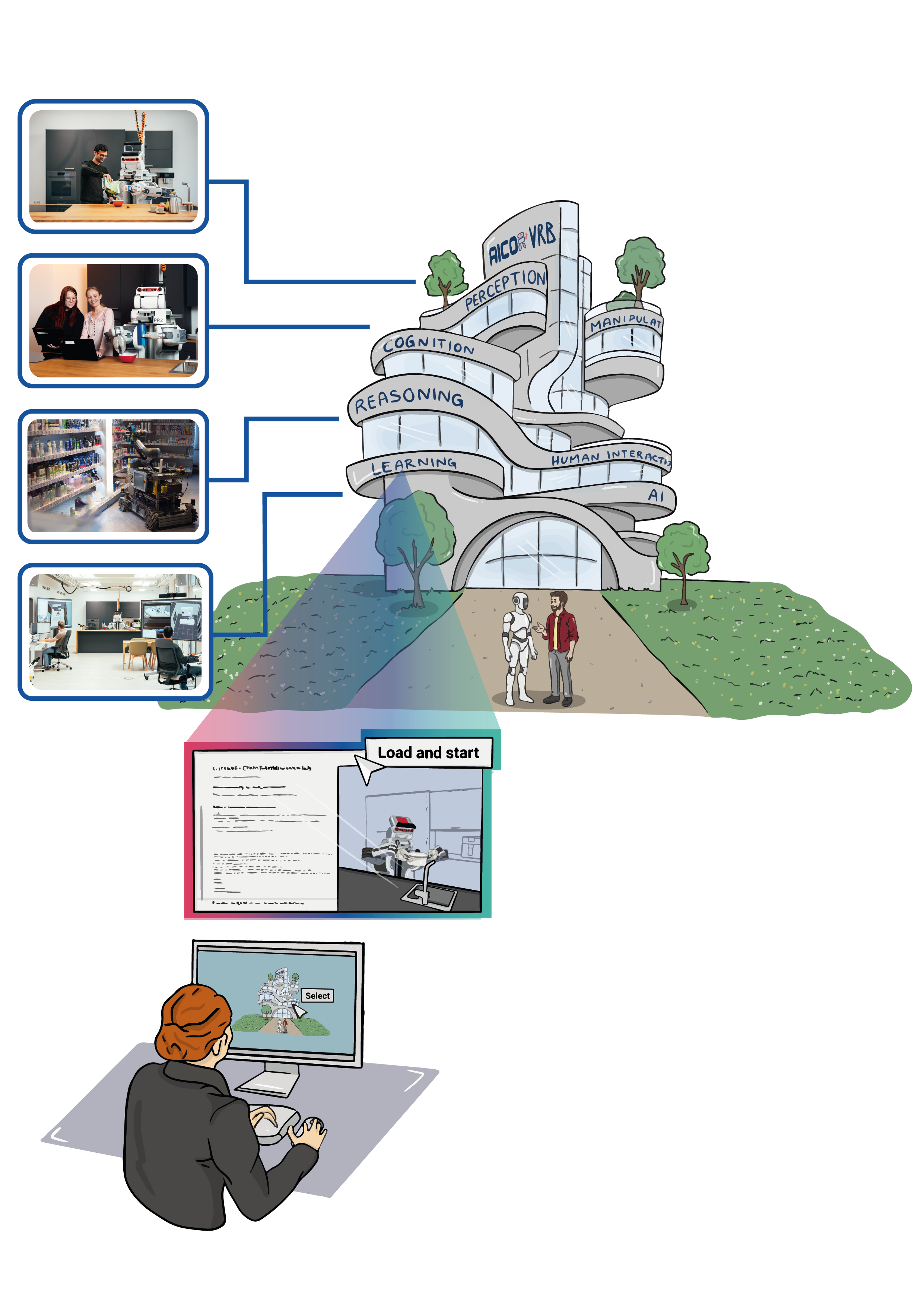The Metacognition Lab is an interactive online platform designed as a companion to our systematic review of Computational Metacognitive Architectures (CMAs). In this lab, you can explore a range of dynamic visualizations that bring the paper’s analyses to life, offering an in-depth look at how CMAs handle metacognitive experiences. Drawing on data from 36 identified systems, the lab allows you to navigate through the diverse design choices used to model, store, and process introspective information.
Upon entering the lab, you can select specific visualizations—from interactive network graphs depicting theoretical lineages and co-authorship data to grid charts that map symbolic versus sub-symbolic representations. Detailed tooltips and filtering options enable you to tailor your exploration: for instance, you can focus on certain systems, search for specific authors. By hovering over data points, you can retrieve contextual details such as underlying data sources.
Ultimately, The Metacognition Lab fosters a deeper understanding of the review’s findings by encouraging hands-on interaction with the data. Whether you are a researcher, educator, or practitioner, this environment provides a unique gateway to uncover patterns, pose new questions, and glean insights into the rapidly evolving field of metacognitive architectures.





